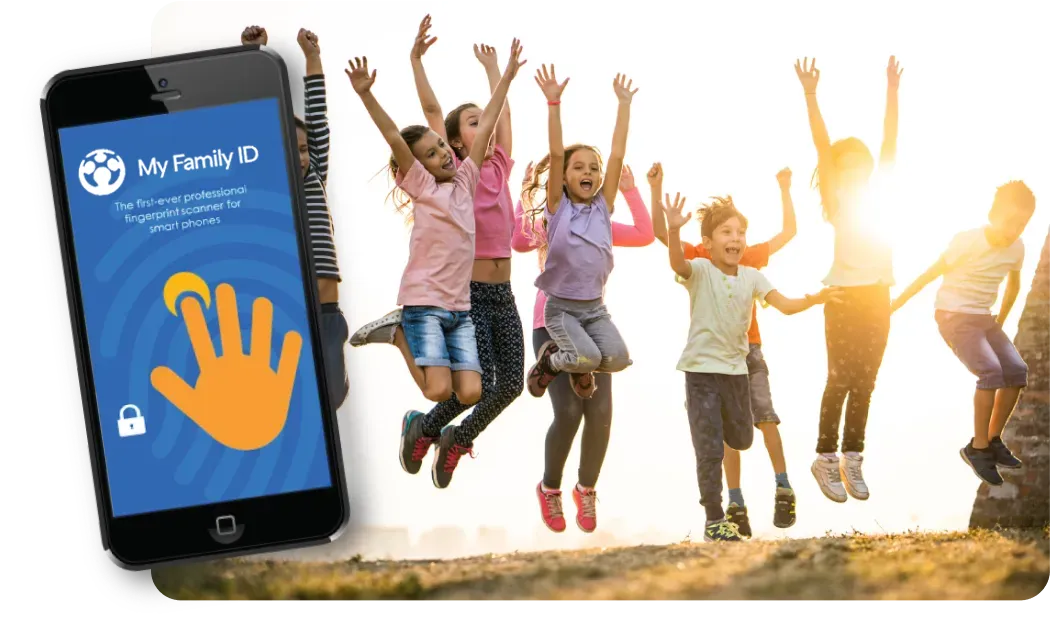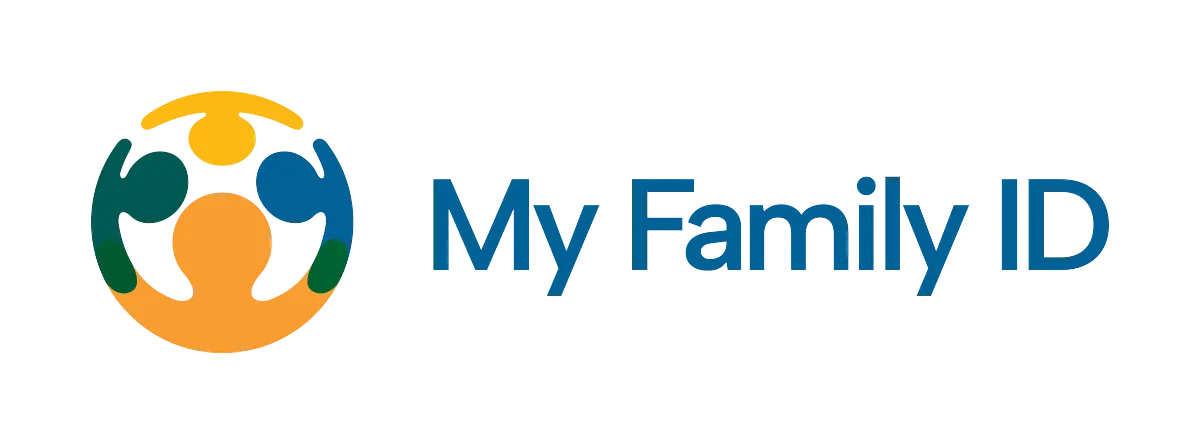Resources for Family Safety

How Facial Recognition Technology Keeps Children Safe And Makes Schools Safer
Facial recognition technology is an innovative tool that has been increasingly utilized in various sectors, including education, to enhance safety and security measures. In the context of K-12 schools, the implementation of facial recognition technology aims to provide a more secure environment for students and staff alike. This article delves into the intricacies of how facial recognition technology functions within schools and its impact on safety.
What is Facial Recognition Technology and How Does it Work in Schools?
Understanding the basics of facial recognition technology
Facial recognition technology operates by analyzing unique facial features of individuals, such as the distance between eyes, nose, and mouth, to create a digital template for identification. In schools, this technology can be integrated with existing security systems to monitor entrances and track individuals within the premises.
The applications of facial recognition software in K-12 education
The use of facial recognition software in schools extends beyond security purposes. It can also streamline administrative tasks, such as tracking attendance, managing visitors, and identifying unauthorized individuals on campus. This technology enhances efficiency and accountability in school operations.
Addressing privacy concerns related to using facial recognition in schools
While the benefits of facial recognition technology are evident, concerns regarding privacy and data security have been raised. Schools must establish clear policies on data collection, storage, and access to mitigate privacy risks associated with implementing facial recognition systems.
Is Facial Recognition Technology Making Schools Safer?
Examining the impact of facial recognition on school security systems
Facial recognition technology can significantly bolster school security systems by providing real-time surveillance and rapid identification of potential threats. It enhances the overall vigilance and response capabilities of security personnel, making schools a safer environment for all stakeholders.
Discussing the role of cameras and biometric data in enhancing safety
Cameras integrated with facial recognition technology capture facial images that are compared against a database for identification. Biometric data derived from facial recognition adds an extra layer of security to access control systems, reducing the likelihood of unauthorized individuals gaining entry to school premises.
Exploring the benefits and potential biases of facial recognition technology
While facial recognition technology offers numerous benefits in terms of safety and security, there is also the risk of bias in identification processes. Schools must address these biases through algorithmic adjustments and regular audits to ensure fair and accurate identification of individuals.
What Are the Controversies Surrounding Facial Recognition in Schools?
Debating the ethics of using facial recognition to monitor students
The ethical implications of using facial recognition technology to monitor students have sparked debates on privacy infringement and consent issues. Balancing the need for security with individual rights and freedoms poses a significant challenge for schools adopting facial recognition systems.
Analyzing the implications of a ban on facial recognition technology in schools
Some advocacy groups, such as the New York Civil Liberties Union, have called for a ban on facial recognition technology in schools to protect student privacy and prevent potential misuse of biometric data. Understanding the ramifications of such a ban is crucial for policymakers and school administrators.
Case study: The controversy surrounding Lockport City School District's use of facial recognition
The Lockport City School District in New York faced backlash over its implementation of facial recognition technology. The incident highlighted the challenges of balancing security needs with privacy concerns and underscored the importance of transparent communication with the community.
How Can Facial Recognition Technology Help Prevent School Shootings?
Discussing the role of facial recognition in enhancing school security measures
Facial recognition technology offers a proactive approach to enhancing school security by enabling rapid identification of potential threats or individuals flagged in security databases. This real-time monitoring capability can aid in preventing incidents such as school shootings.
Exploring the potential of facial recognition to identify threats in real-time
The ability of facial recognition technology to analyze and match facial patterns with known threats or persons of interest allows for immediate alerts and response in critical situations. Schools can leverage this technology to enhance emergency preparedness and response protocols.
Examining the challenges and limitations of using facial recognition for school safety
Despite its benefits, facial recognition technology also presents challenges, such as technical glitches, false positives, and privacy concerns. Schools must carefully assess these limitations and implement necessary safeguards to ensure effective and ethical use of facial recognition for school safety.
What Does the Future Hold for Facial Recognition in K-12 Education?
Looking ahead at the advancements in facial recognition technology for schools
The future of facial recognition in K-12 education holds promise for further advancements in accuracy, speed, and versatility of the technology. As facial recognition systems evolve, schools can expect enhanced security features and seamless integration with other safety technologies.
Considering the evolving regulations and policies on using facial recognition in education
Regulatory bodies and policymakers are actively developing guidelines and frameworks for the responsible use of facial recognition technology in educational settings. Schools should stay informed about evolving regulations to ensure compliance and ethical deployment of facial recognition systems.
Weighing the benefits and drawbacks to determine the future of facial recognition in schools
Evaluating the benefits and drawbacks of facial recognition technology in schools is essential in shaping its future trajectory. By conducting thorough risk assessments and stakeholder consultations, schools can determine the optimal balance between safety, security, and privacy considerations in adopting facial recognition technology.






